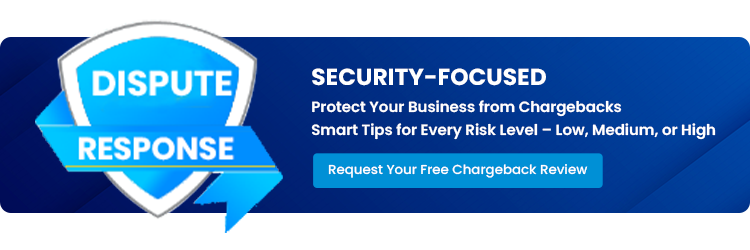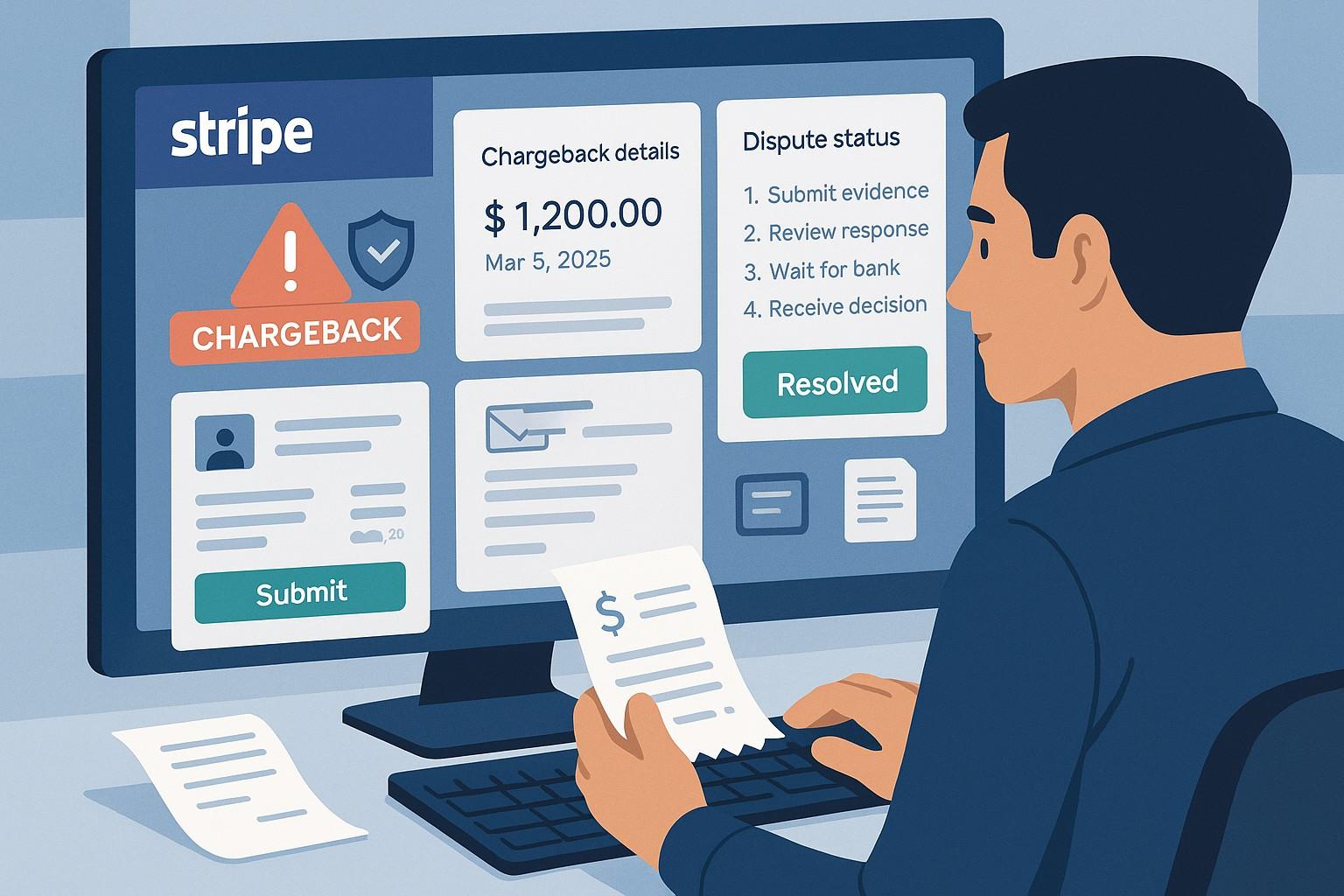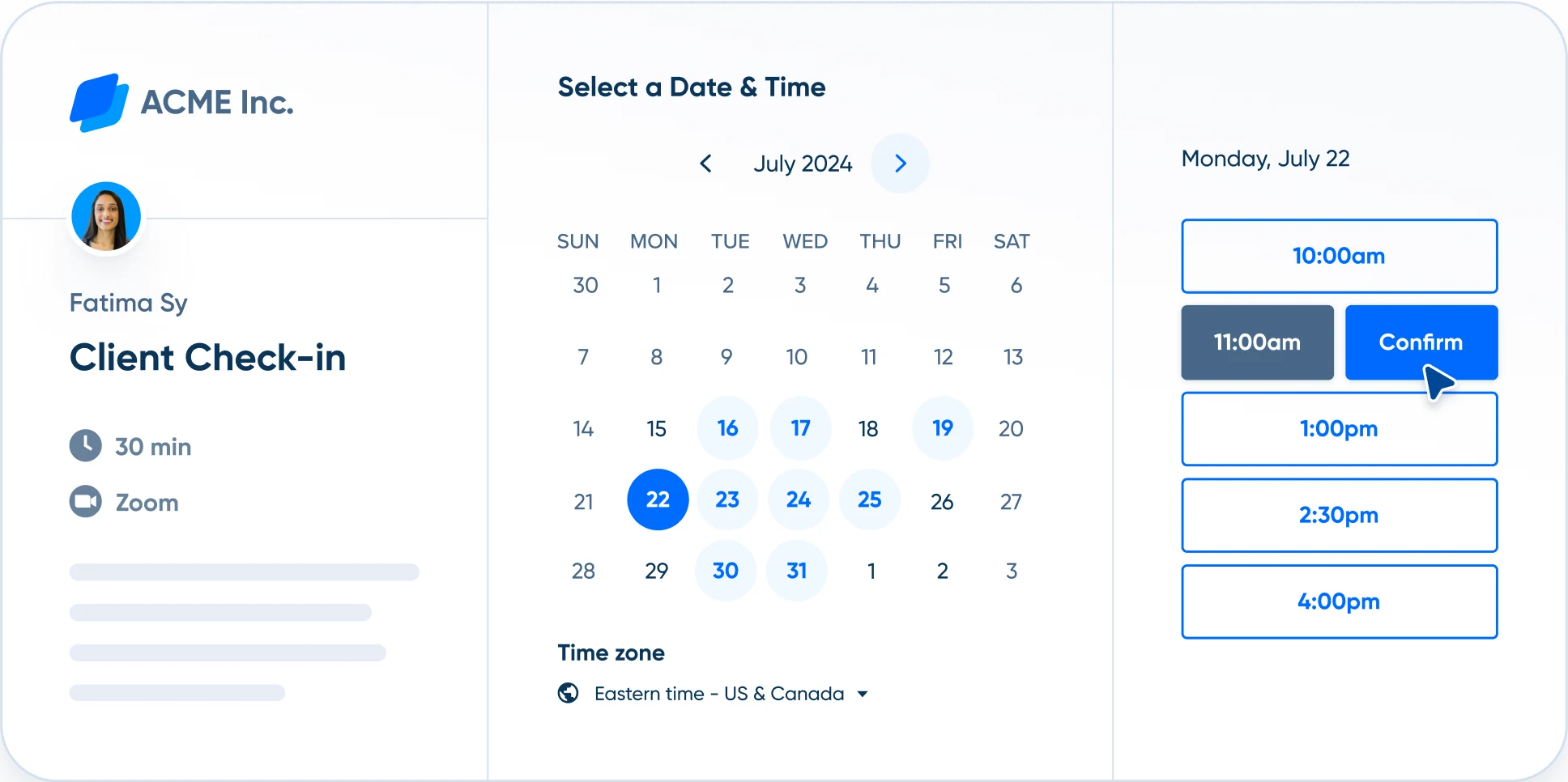Chargeback Management Services - Dispute Response Aug/ 14/ 2025 | 0
Chargebacks are a frustrating reality for U.S. businesses—especially those using Stripe as their payment processor. Whether it’s friendly fraud or a legitimate dispute, failing to respond effectively can result in lost revenue, penalties, and even account termination.
In this 2025 guide, we break down how to effectively handle a Stripe chargeback and protect your business from unnecessary financial damage.
What Is a Stripe Chargeback?
A Stripe chargeback occurs when a cardholder disputes a transaction with their bank, resulting in the funds being reversed. Stripe temporarily deducts the transaction amount from your account until you successfully prove the charge was valid.
Common reasons include:
- Unauthorized transactions
- Non-receipt of goods/services
- Misleading product descriptions
- Recurring charges post-cancellation
Why Stripe Chargebacks Matter More in 2025
With stricter regulations and rising consumer expectations, Stripe chargebacks have become more complex. Failing to address them properly can hurt your business’s reputation and Stripe standing—potentially leading to withheld payouts or account suspension.
Step-by-Step Guide to Winning Stripe Chargebacks
1. Act Quickly
You have only 7–10 days to respond to a chargeback via Stripe. Delays can automatically forfeit your right to dispute.
2. Gather Strong Evidence
Your response must include clear, organized evidence proving the legitimacy of the transaction. Examples:
- Proof of delivery (with tracking info)
- Customer communication history
- Screenshots of terms and conditions
- Refund or return policy acknowledgement
- Product or service usage logs
3. Submit Through Stripe Dashboard
Stripe allows you to upload all supporting documents directly in your Dashboard. Organize files with titles and avoid sending irrelevant content.
4. Craft a Clear Rebuttal Letter
Explain your side concisely and professionally. Avoid emotional language—stick to facts, dates, and verifiable documentation.
5. Monitor the Outcome
Once submitted, the issuing bank typically takes 60–75 days to decide. If the case is ruled in your favor, funds will be returned. If not, you absorb the loss and Stripe’s dispute fee (around $15 per case).
Pro Tips for Preventing Stripe Chargebacks
- Use real-time fraud detection tools.
- Send order confirmations and delivery updates.
- Ensure clear billing descriptors to reduce confusion.
- Offer excellent customer service to resolve issues before escalation.
- Maintain detailed transaction records.

Email us anytime!
Email customer service 24/7

Call us anytime!
Reach customer care 24/7 at +1 (888) 927-5152
When to Get Help
Handling multiple chargebacks or recurring losses? That’s where Dispute Response comes in. We help U.S. businesses streamline chargeback responses, reduce dispute ratios, and stay compliant with Stripe’s evolving policies.
Final Thoughts
Managing Stripe chargebacks in 2025 isn’t just about defense—it’s about building proactive systems that protect your bottom line. Stay alert, stay organized, and let experts like Dispute Response support your business when needed.


